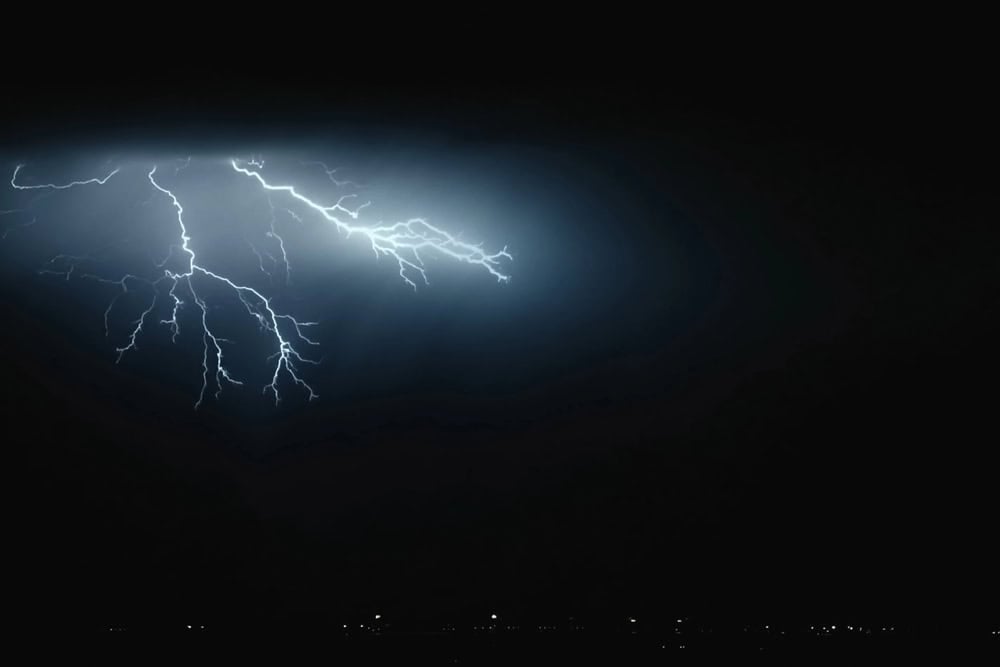Lightning, a mesmerizing and often dangerous weather phenomenon, captivates the human imagination with its brilliant flashes and deafening roars. While it can occur almost anywhere on the planet, certain places experience lightning much more frequently than others. Understanding these lightning hotspots provides insight into weather patterns, geographic influences, and nature’s beautiful but potentially lethal power. This article explores the most lightning-prone places on Earth, delving into their unique characteristics and the reasons behind their electrifying reputation.
Introduction to Lightning Phenomena

Lightning is a natural electrical discharge that usually occurs during thunderstorms. It results from complex atmospheric conditions, including cloud interactions and varying temperature gradients. While beautiful to observe from a distance, lightning is a significant hazard, resulting in numerous injuries and infrastructure damage worldwide each year.
Lake Maracaibo, Venezuela The World’s Lightning Capital
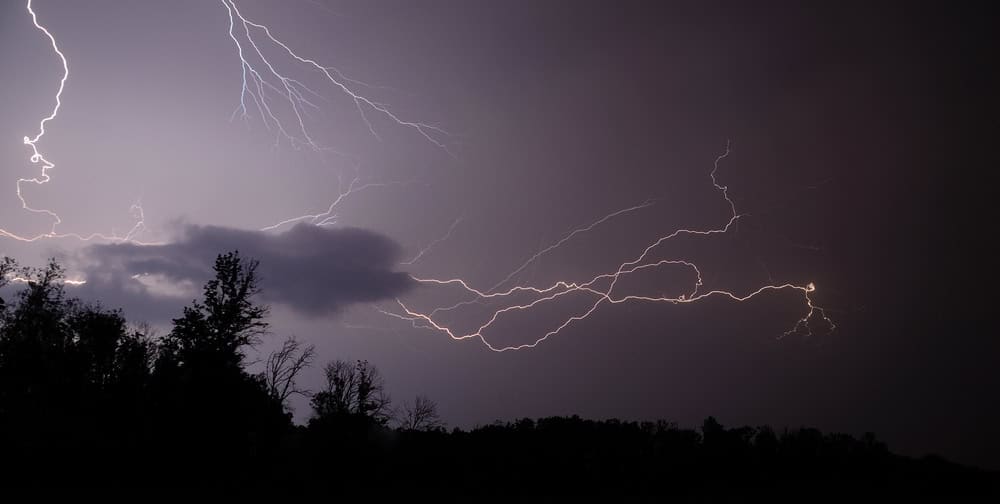
Lake Maracaibo in Venezuela holds the title of being the most lightning-prone place on Earth. Known as the ‘Lighthouse of Maracaibo,’ this area experiences lightning storms nearly 300 nights per year. The unique topography and atmospheric conditions, including the convergence of warm and cold air masses over the lake, contribute to this unprecedented lightning activity.
The Congo Basin Africa’s Lightning Hotspot
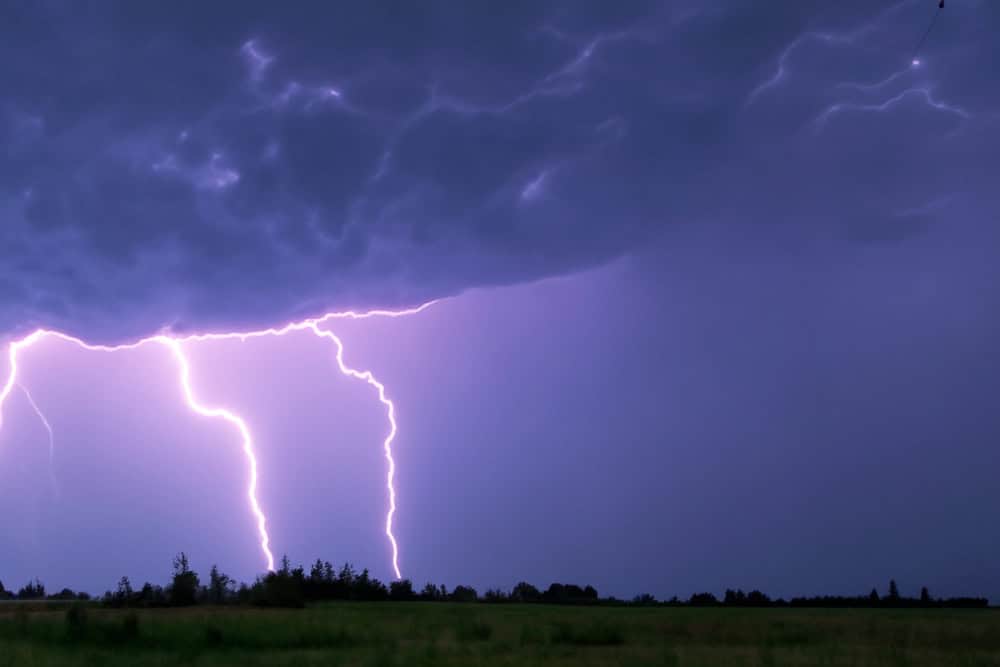
The Congo Basin in Central Africa is another region with frequent lightning activity. This area is characterized by its vast rainforest, high humidity, and rising heat levels, creating ideal conditions for thunderstorms to develop. Studies have shown that parts of the Congo exhibit some of the highest lightning flash densities in the world.
Southeast Asia A Region of Electrical Activity

Southeast Asia, particularly around Malaysia and Indonesia, also experiences high levels of lightning. The region’s proximity to the equator, coupled with its consistently warm temperatures and monsoon cycles, makes it conducive to lightning formation. Urban areas, with their heat and pollution, further amplify thunderstorm activity.
Florida, USA The Sunshine State’s Stormy Secret

Florida, often dubbed the “Lightning Capital of the United States,” sees more lightning activity than any other part of the country. The state’s subtropical climate, along with its peninsula geography nestled between the Gulf of Mexico and the Atlantic Ocean, creates frequent thunderstorms, especially during the summer.
The Himalayan Foothills A Surprising Lightning Hub
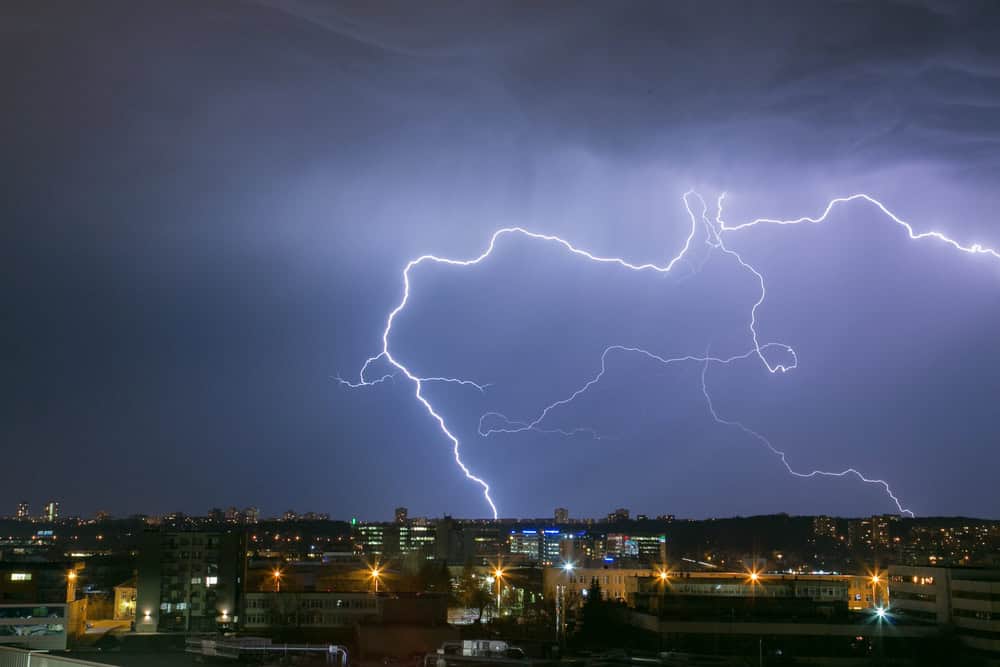
As unexpected as it might seem, the foothills of the Himalayas witness significant lightning activity. The complex mountain ranges disrupt atmospheric flows, leading to strong convection currents that often result in thunderstorms. This phenomenon is more pronounced during the monsoon season.
The Bangladesh Plains Frequent Lightning Strikes

Bangladesh, nestled in South Asia, experiences frequent lightning due to its warm and humid climate combined with its flat topography. The region is particularly vulnerable to lightning strikes during its pre-monsoon and monsoon seasons, posing risks to both people and livestock.
Lightning in the Amazon Basin

The Amazon Basin, known for its vast rainforests, experiences frequent lightning due to its equatorial climate. High humidity and towering cumulus clouds, common in this area, create perfect conditions for thunderstorm development, resulting in significant lightning activity.
The Role of Geography and Climate in Lightning Formation

Geographic features and climate play pivotal roles in the formation of lightning-prone regions. Generally, areas near the equator with plenty of heat, moisture, and complex geographical terrains like mountains or large bodies of water, tend to experience more thunderstorms and lightning.
Lightning’s Impact on Local Communities
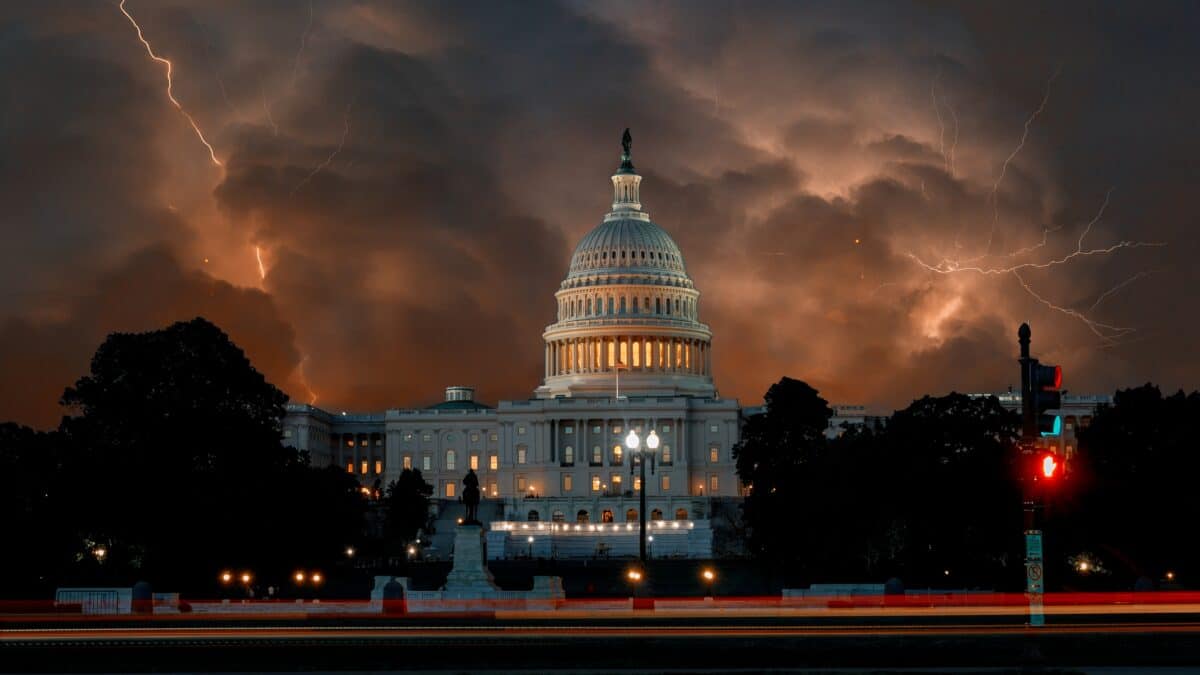
The frequency of lightning in certain areas can significantly affect local communities. It impacts safety, agriculture, and infrastructure, and requires adaptations, such as better lightning protection systems and public education on lightning safety measures to minimize casualties and damage.
Preventative Measures to Stay Safe
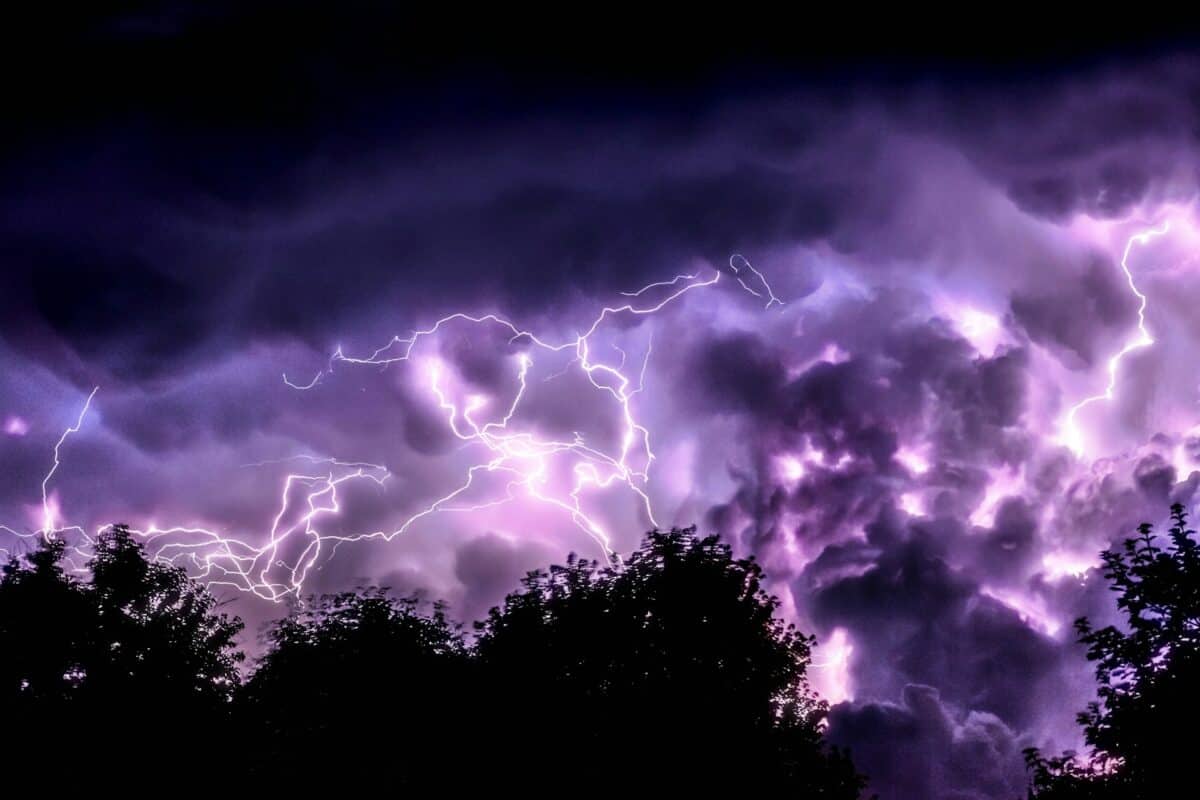
For those living in lightning-prone regions, taking precautionary steps is essential. This includes seeking shelter during storms, avoiding open fields and tall trees, and using lightning rods and surge protectors to safeguard homes and electrical devices from lightning strikes.
Conclusion: Harnessing the Power and Understanding the Risks

Lightning is both a beautiful and deadly aspect of nature, affecting regions worldwide with varying intensity. By studying these lightning-prone areas, we better understand atmospheric dynamics and how geography and climate interact to produce such phenomena. This knowledge not only enriches our appreciation of the natural world but also helps in devising strategies to mitigate the risks associated with living in such electrifying environments.
- The Most Lightning Prone Places on Earth - August 12, 2025
- 12 Animals That Are So Big It is Hard to Believe They are Real - August 12, 2025
- 13 Animals That Have Come Back From the Brink of Extinction - August 12, 2025

